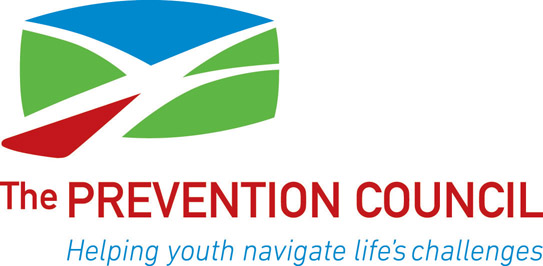May 16, 2013
SaratogaWire.com
By Laura Rappaport
Back in 2000, preteens in Saratoga Springs were drinking alcohol at alarming rates. Twenty-five percent of 8th graders and 20 percent of 7th graders surveyed said they’d had a drink in the past month – even nine percent of sixth graders said they had.
This was clearly not healthy and the community decided to do something about it. Through outreach, education and parent involvement, things began to turn around, according to the Prevention Council, Saratoga’s non-profit substance abuse prevention umbrella organization.
Twelve years later, use by sixth graders is so low that they aren’t even surveyed any more. And middle-schoolers in general seem to be abusing drugs and alcohol less.
Now the concern is ninth grade, with that stressful transition from middle to high school setting kids up for more risky behaviors.
The number of students reporting that they have had a drink or smoked marijuana in the last 30 days doubled from eighth to ninth grade, according to the just-released results of a bi-annual survey conducted in the fall by the Council’s Partnership for Prevention.
“That difference between middle school and high school is a big issue,” says Robin Ambrosino, the Prevention Council’s marketing and communications manager.
The Partnership’s Youth Survey asks kids in 7th through 12th grades a battery of questions about their drinking and drug habits, and – almost more revealing—what they think their peers are doing. They also surveyed parents about their attitudes toward substance use and what they think their kids are up to.
On Tuesday, Ambrosino presented the results of the 2012 Youth Survey to the Saratoga Springs City School District Board of Education. It was designed to assess substance abuse; anti-social behavior; and risk and protective factors that predict problem behaviors.
The transition from 8th grade to the high school “brings with it a significant increase in substance abuse,” says Ambrosino. It’s not known exactly why, but, she says, the move to the big school is stressful. Saratoga Springs kids also have a perception that high-schoolers are drinking and doing drugs, even if it’s not actually the norm.
“They sense a culture of use when they get to high school… Their sense that it’s here drives that behavior.”
For example, she says, 53 percent of this year’s ninth-graders believed that classmates drink, while just 22 percent of them actually reported drinking in the past 30 days.
Even seniors’ perception is skewed: about 75 percent think their peers drink, while 52 percent reported they do. Still, that number is some 12 points above the national average, and is troubling to prevention workers.
Indeed, Saratoga Springs 10th and 12th graders reported drinking, binge drinking and smoking pot at 10 points above the national average for their age groups.
“The community needs to band together to provide positive outlets for that angst and craving for excitement that kids this age feel,” Ambrosino says.
Across the board, cigarettes are the only substance with a continually declining use rate.
Marijuana use reflects the slow steady rise nationally, she says. This could be partly due to efforts to legalize the drug in some states.
“The numbers get quite big in 10th grade and 9th is trending up,” Ambrosino says.
Prescription drug use is still low in Saratoga Springs. “This has been a tricky category for us,” says Ambrosino, noting that although kids are talking about it, “the numbers are not bearing it out right now.” They might have experimented, but aren’t using regularly.
Overall, she says, “the perception is that there is much more drug use here than there actually is.”
A funny thing about perception is that parents often put on rose-colored glasses when discussing their own children.
In last fall’s parent survey, 86 percent said their children never use alcohol, but a large number of high school students report not only drinking, but binge drinking – consuming five or more drinks in a row. Binge rates were: 14 percent of freshmen; 25 percent of sophomores; 26 percent of juniors; and 32 percent of seniors.
The parent survey was available on SurveyMonkey.com in January and February. Of the thousands of parents in the target group, 387 responded.
After all its work on teen health over the past dozen years, the Partnership for Prevention’s federal grant ends in September, and the organization will undergo severe cutbacks.
Ambrosino says that parents, teachers and community leaders all play key roles in curbing adolescent substance abuse. The Partnership recommends that collaboration continue among organizations that work with youth. The school district should enforce policies regarding substance use, and make clear, strong positive messages about staying sober. The district can also continue the youth survey in a less expensive online format.
“We want prevention to be part of what they hear about in school and at home,” she says. “After 12 years, we feel very glad that we’ve established these relationships and that prevention is on the agenda of the community.”
– See more at: http://saratogawire.com/article/1173/130516-school-board-hears-about-drug-use/#sthash.X9qyfS7f.dpuf
